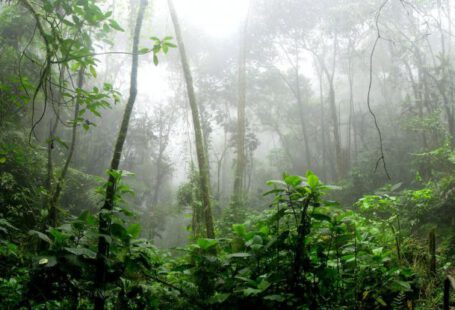Stonehenge, the iconic prehistoric monument located in Wiltshire, England, has captivated the imagination of people for centuries. Its enigmatic nature has given rise to numerous theories and speculations about its purpose and origin. Archaeologists and historians have extensively studied Stonehenge, attempting to unravel the mystery behind its creation. In this article, we will explore some of the leading theories regarding what created Stonehenge.
Ancient Astronomical Observatory
One of the most prevalent theories suggests that Stonehenge was designed as an ancient astronomical observatory. Researchers have discovered alignments between the stones and significant astronomical events, such as the summer and winter solstices. The alignment of the stones is believed to have served as a way to track the movement of the sun, moon, and stars, aiding in the calculation of seasonal changes and celestial events. This theory suggests that Stonehenge was a sophisticated structure designed by early civilizations to understand and predict astronomical phenomena.
A Ritual Center
Another theory proposes that Stonehenge was a ritual center, serving as a gathering place for religious ceremonies and rituals. The layout and arrangement of the stones support this theory, as they form distinct pathways and enclosures within the monument. Archaeological evidence, such as the discovery of burial grounds and cremated remains, further supports the idea that Stonehenge was a site of significant religious or spiritual importance. It is believed that people would gather at Stonehenge during specific times of the year to perform ceremonies or rituals related to fertility, harvest, or other religious beliefs.
A Healing Sanctuary
Some researchers suggest that Stonehenge was used as a healing sanctuary, where people sought physical and spiritual healing. The presence of human remains with signs of injury or disease, along with the discovery of various healing herbs and artifacts, supports this theory. It is believed that the alignment of the stones and the natural energy of the surrounding landscape created a unique healing environment. People would visit Stonehenge, seeking solace and relief from ailments, and engage in rituals or practices to facilitate their healing process.
A Symbol of Power and Prestige
Another intriguing theory proposes that Stonehenge was a symbol of power and prestige, built by a ruling elite to showcase their authority and influence. The sheer size and complexity of the monument suggest a considerable investment of resources and labor, indicating the importance placed on its construction. This theory suggests that Stonehenge was built to demonstrate the wealth, power, and achievements of a specific group or individual, serving as a testament to their social standing and dominance. It is believed that the monument’s purpose was primarily symbolic, showcasing the grandeur and status of its creators.
A Combination of Purposes
While these theories offer possible explanations, it is also plausible that Stonehenge served multiple purposes throughout its existence. It is likely that different civilizations and communities utilized the monument for various reasons over time. Stonehenge may have initially been constructed as an astronomical observatory and later repurposed as a ritual center or healing sanctuary. The different layers of history and use contribute to the enigma surrounding Stonehenge, making it a complex and multifaceted monument.
In conclusion, Stonehenge remains a fascinating archaeological wonder, shrouded in mystery and intrigue. While the exact purpose of its creation may never be definitively known, the leading theories suggest that Stonehenge was a multifunctional structure, serving as an astronomical observatory, a ritual center, a healing sanctuary, or even a symbol of power and prestige. The monument’s profound cultural and historical significance continues to captivate the minds of people worldwide, ensuring that the enigma of Stonehenge endures for generations to come.





